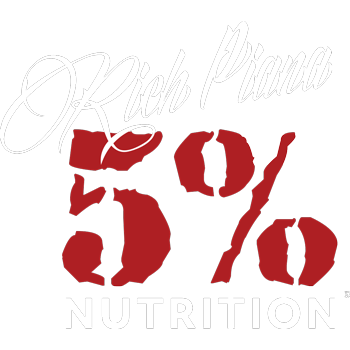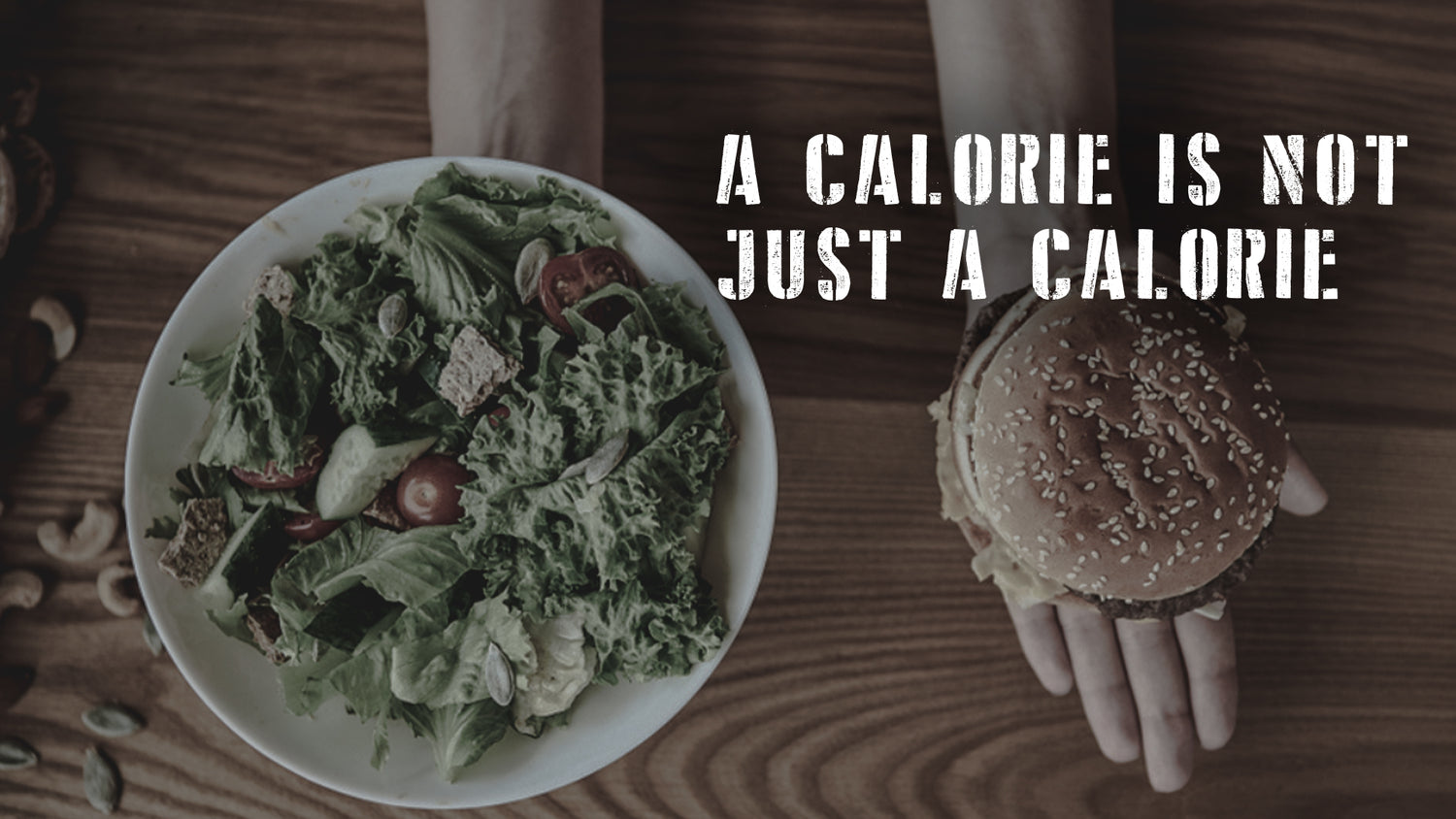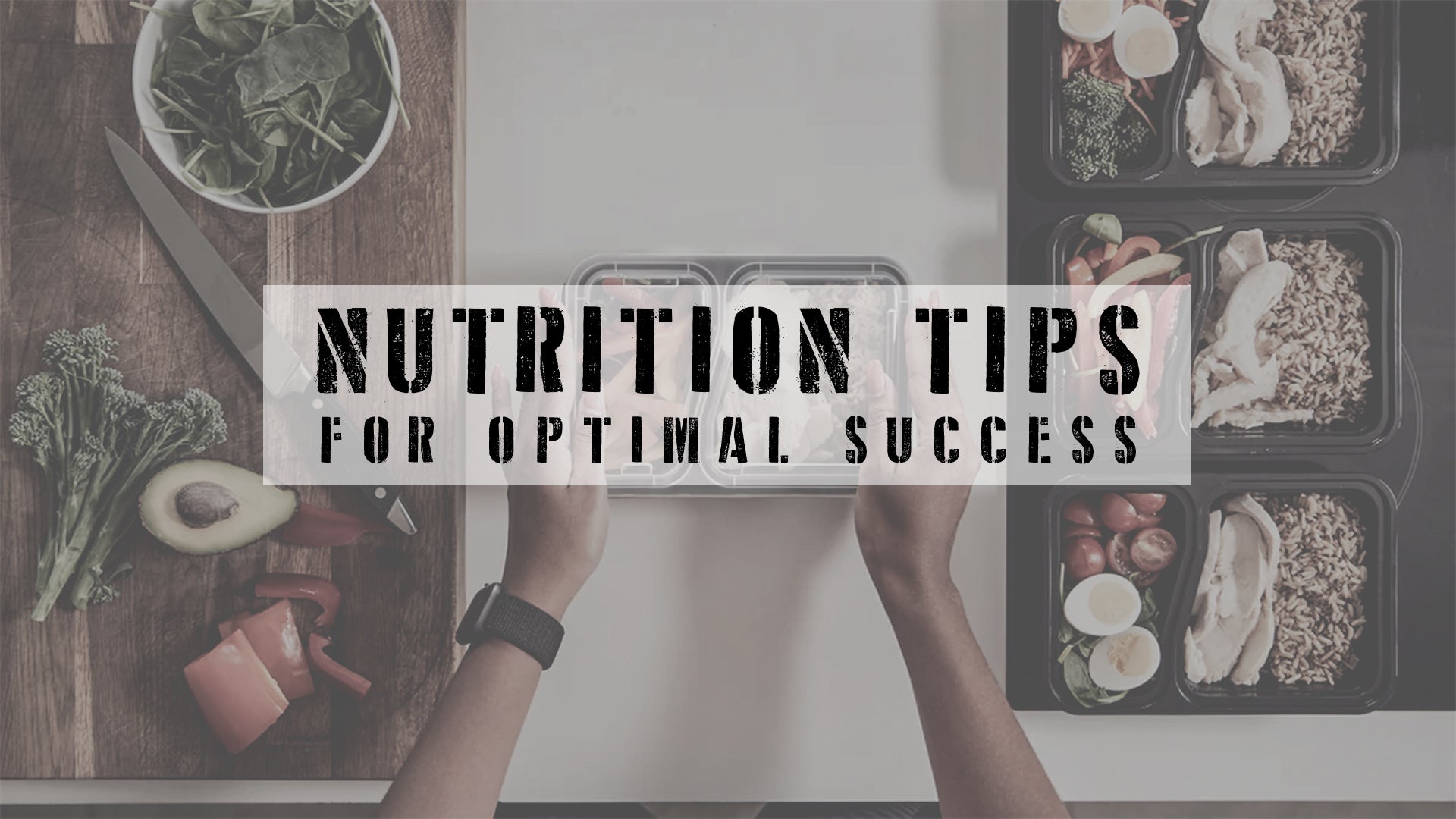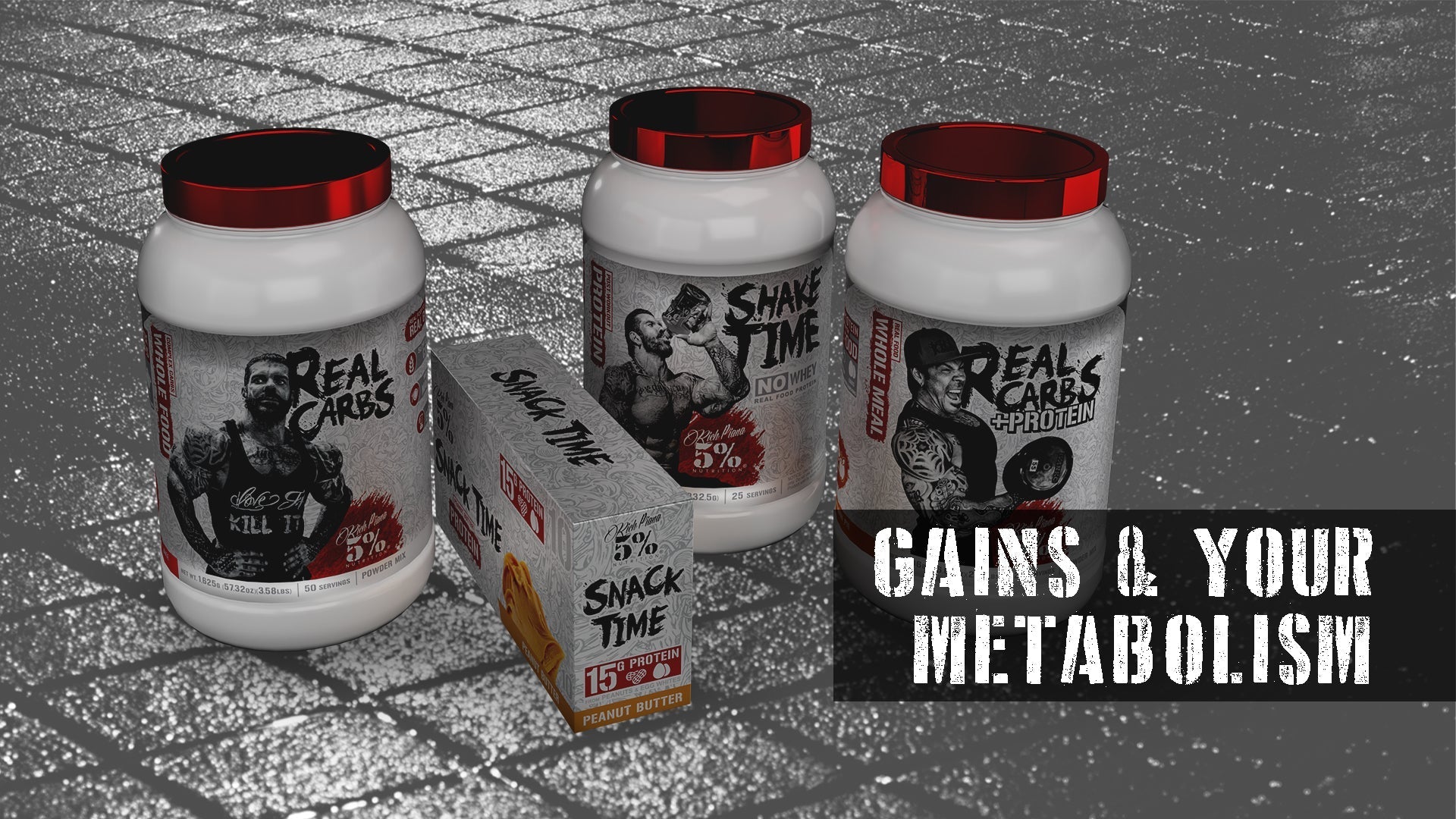It’s widely believed that, in the simplest terms, weight loss comes down to calories in vs calories out. The problem is, that’s not the end of the discussion. Why? Simple. Not all calories are created equal. They can have very different effects on the body depending on the macronutrient they come from. The same applies to gaining muscle. Different calories affect your body differently. So, A Calorie Is Not Just A Calorie and this article will explore that in more detail. Let’s go!
The Definition Of A Calorie
A calorie is the amount of energy required to raise the temperature of one gram of water by one degree Celsius.(1) This definition suggests that all calories serve one function - to provide energy for the body. As noted, calories from different macronutrients are used differently.
Macronutrient Breakdown - What A Calorie From Each Macronutrient Does
Don’t fall for the myth that all calories are the same. That is simply not true. Each of these macronutrients performs vastly different functions in the body.
Carbohydrates - 4 Calories per Gram
Calories from carbohydrates provide energy. But there are different kinds of carbohydrates and each kind absorbs differently. Plus, once your body has all the carbohydrates it needs for energy requirements, any excess is stored as body fat. For most people, that number is approximately 300-500 grams, stored primarily in the liver and muscles. This number varies based on your body weight, activity level, exercise, and diet.
There are three main types of carbohydrates: simple, complex, and fiber. Simple carbs are sugary, they absorb quickly and are the most likely to be stored as body fat. Complex carbs absorb slower and are less likely to be converted into body fat unless you consistently eat more carbs than your body needs.
Fibrous carbs are not digested, instead, they pass through your digestive tract. That means you should subtract fiber grams from your carbohydrate total. There are two types of fiber, both types have health benefits. Primarily, fiber helps control blood sugar levels, helps you feel full, and acts as a laxative.(2,3,4)
Protein - 4 Calories per Gram
Calories from protein are “building” calories. Among many other necessary bodily functions, protein builds muscle. It’s only used as an energy source in the absence of both carbs and fat. Protein calories being converted into body fat is not really an issue.(5)
Fat - 9 Calories per Gram
Fat, like carbohydrates, gets a bad rap, and has certainly shared the stage in getting the blame for causing unwanted weight gain. Yet the body requires fat to function normally. For example, the body uses fat to build hormones and cell membranes. Also, the brain is approximately 60% fat. In addition, they aid the absorption of the fat-soluble vitamins.(6,7)
The Right Caloric Approach For Fat Loss Or Muscle Mass
The calorie-in/calorie-out method suggests simply cutting 3500 calories (the amount of calories in 1 pound of fat). While it’s true that you need a caloric deficit to lose fat or a caloric surplus to gain mass, there’s more to it. For fat loss, focus on cutting carbohydrates. If excess carbs are being converted to body fat, that’s the place to start—specifically, sugary carbs. Add increased activity to the mix, and you will gradually lose weight. Never mind the “lose 30 lbs overnight” mindset. Think gradual weight loss.
It’s the same way with muscle mass. Add calories from protein because protein is directly involved in the muscle growth process, and carbs, since carbs give you energy and fill glycogen stores. Then, train accordingly. Our Fall/Winter Mass Gaining Plan is a great place to start.
Don’t Forget 5% Nutrition!
Of course, 5% has several powerful weight-loss formulas; you know we have what you need for muscle mass. Follow these tips and check out 5% Nutrition today!
References:
- https://www.ncbi.nlm.nih.gov/books/NBK538294/#article-29261.s1
- https://medlineplus.gov/carbohydrates.html
- Murray, B., & Rosenbloom, C. (2018). Fundamentals of glycogen metabolism for coaches and athletes. Nutrition reviews, 76(4), 243–259. https://doi.org/10.1093/nutrit/nuy001
- https://www.hsph.harvard.edu/nutritionsource/carbohydrates/fiber/
- https://med.libretexts.org/Courses/Metropolitan_State_University_of_Denver/Introduction_to_Nutrition_%28Diker%29/06:_Proteins/6.05:_Proteins_Functions_in_the_Body
- Calder P. C. (2015). Functional Roles of Fatty Acids and Their Effects on Human Health. JPEN. Journal of parenteral and enteral nutrition, 39(1 Suppl), 18S–32S. https://doi.org/10.1177/0148607115595980
- Chang, C. Y., Ke, D. S., & Chen, J. Y. (2009). Essential fatty acids and human brain. Acta neurologica Taiwanica, 18(4), 231–241.













